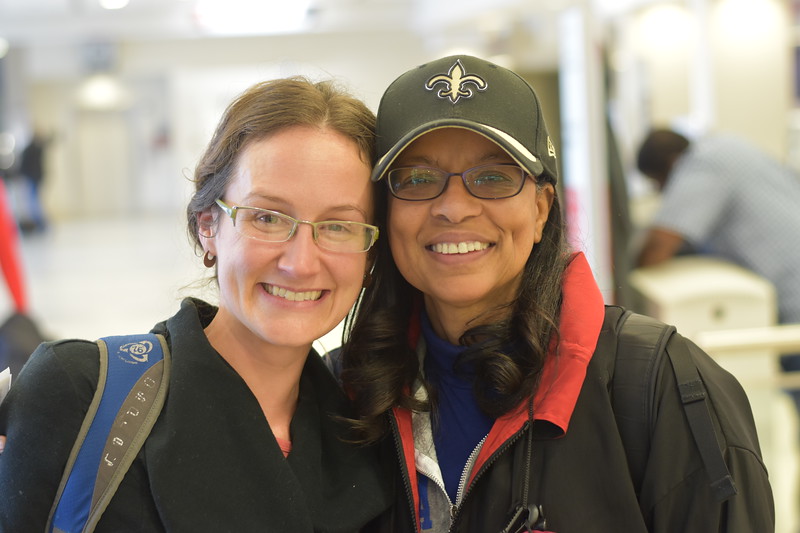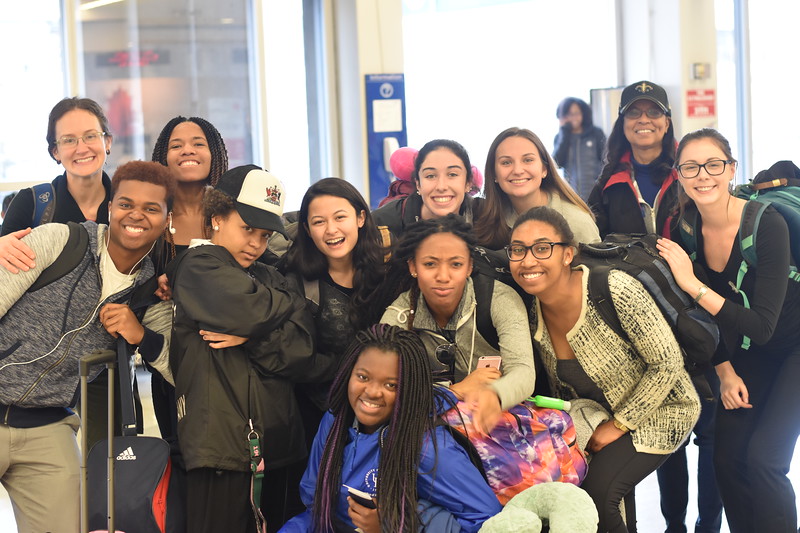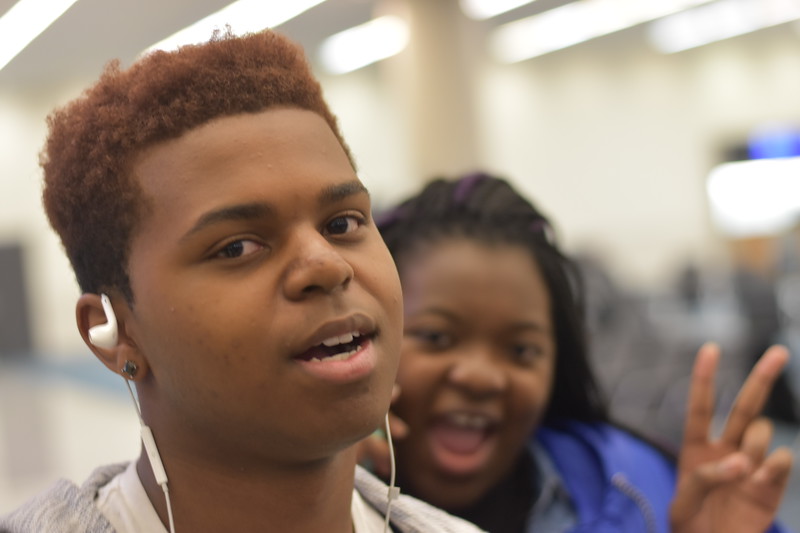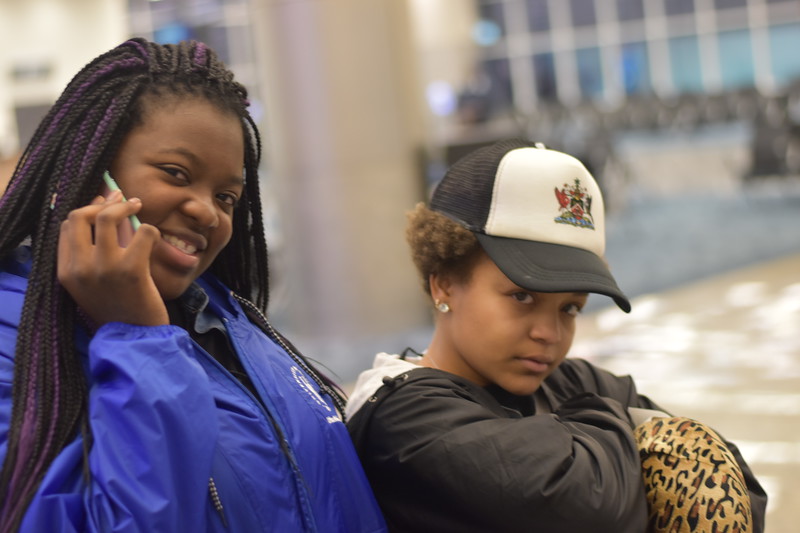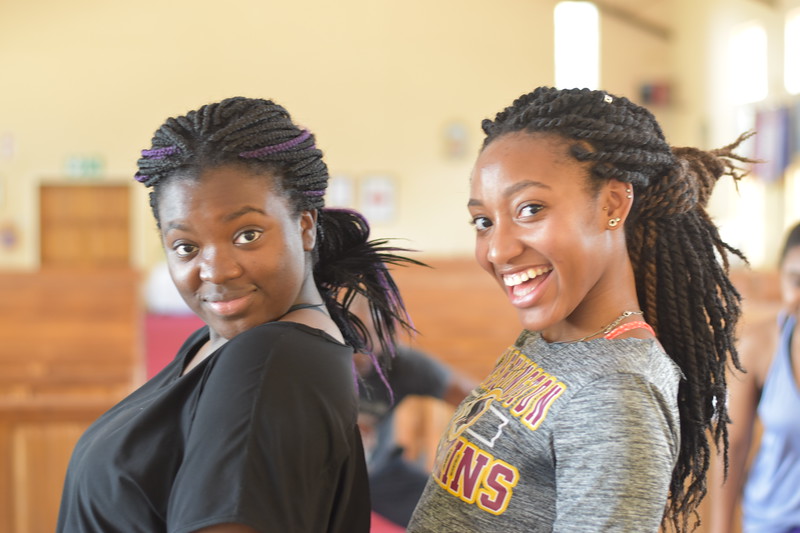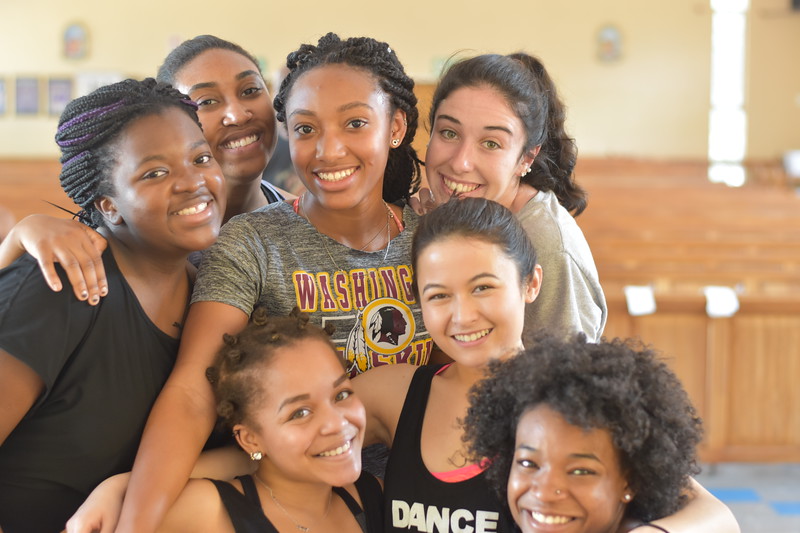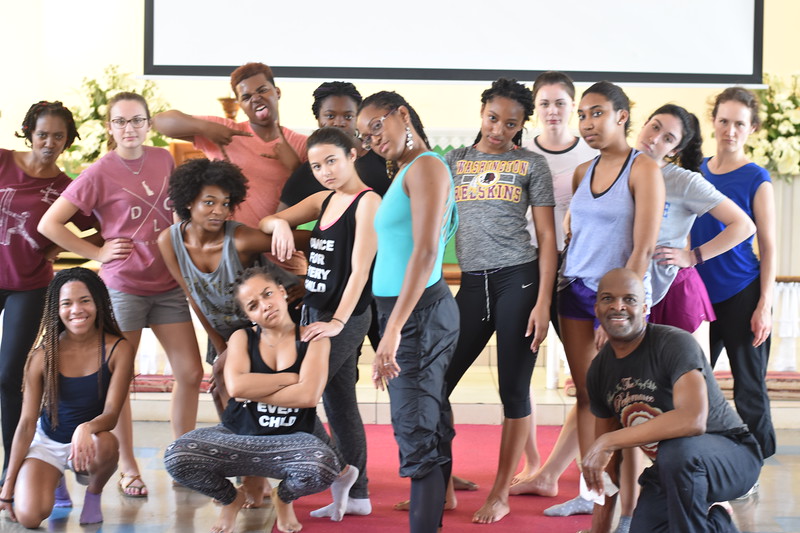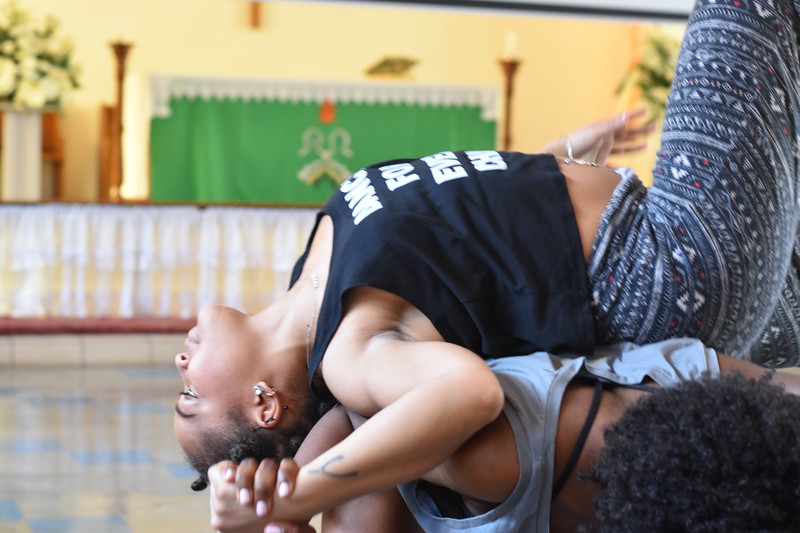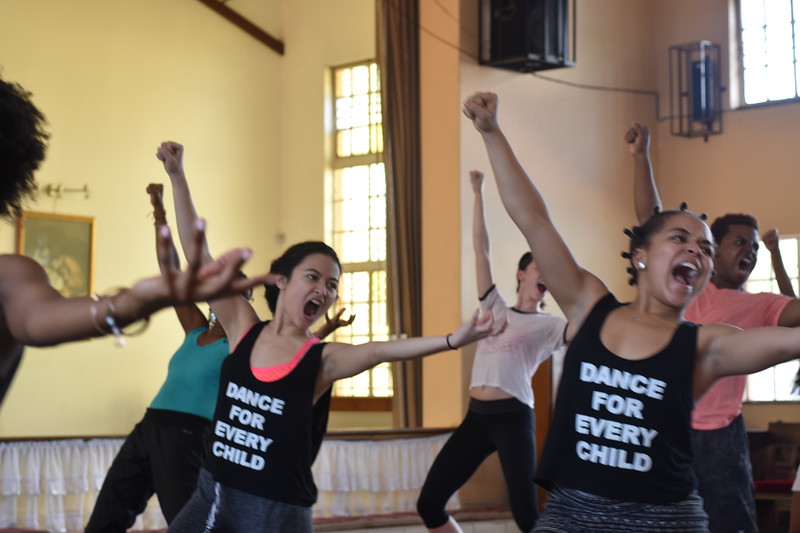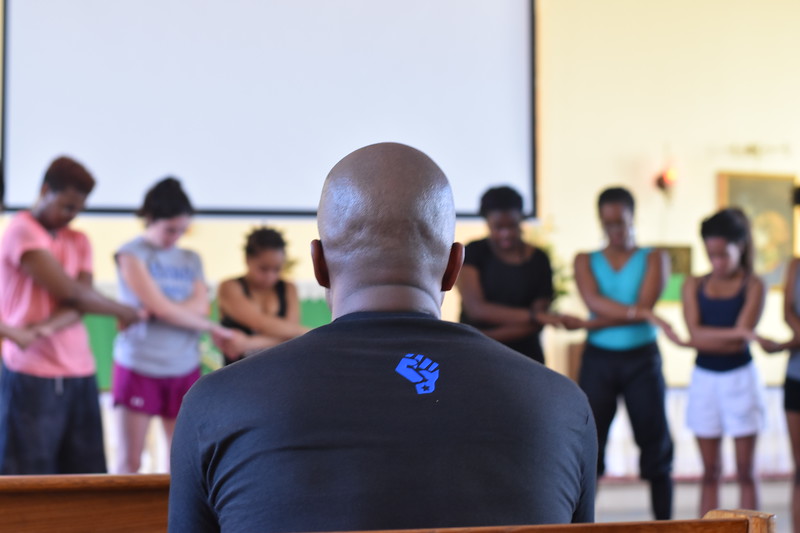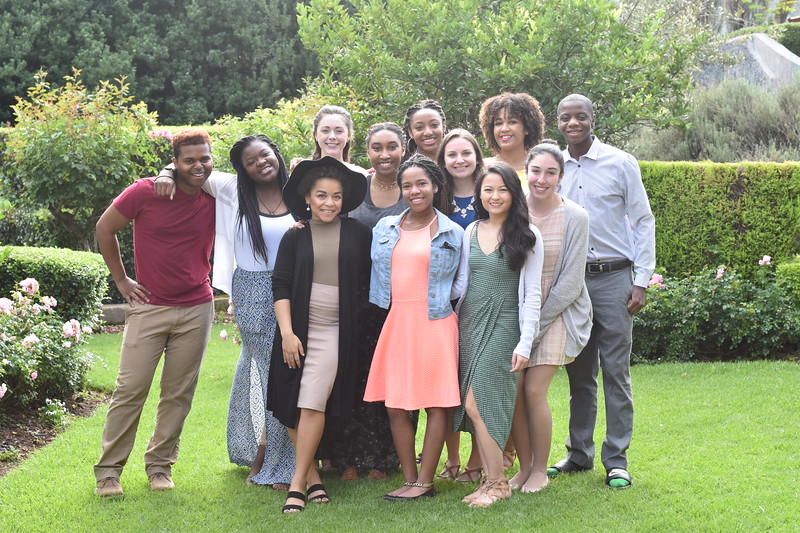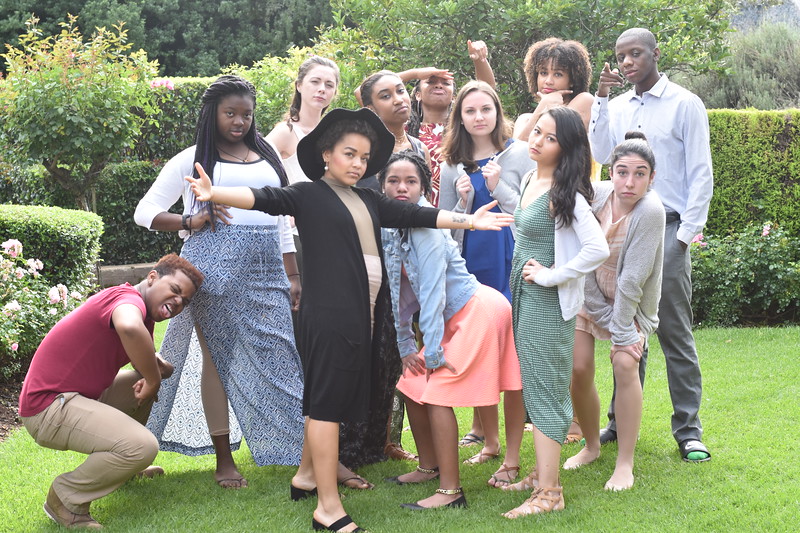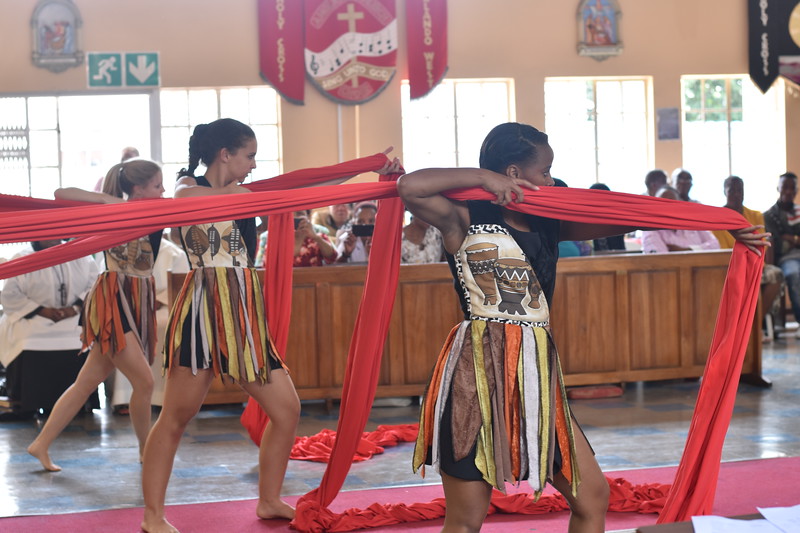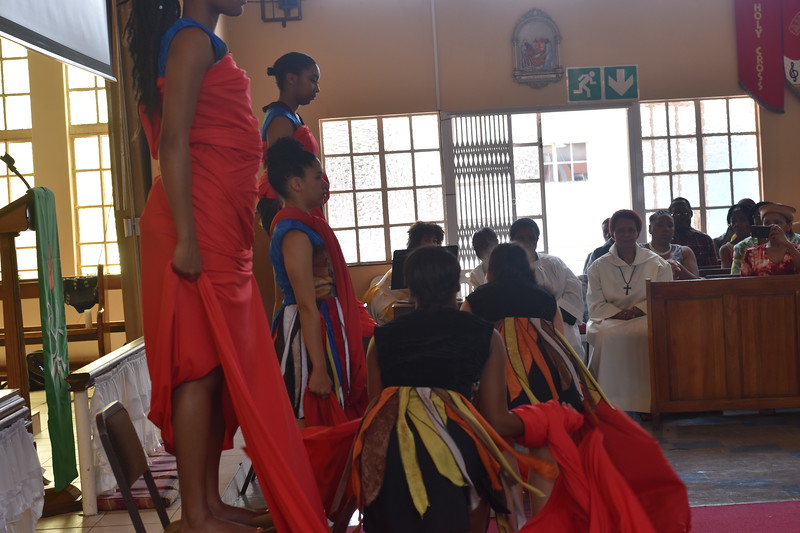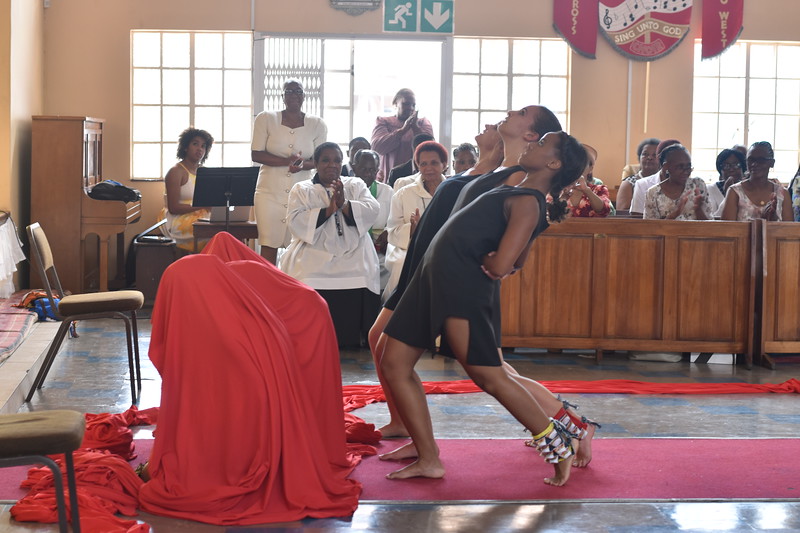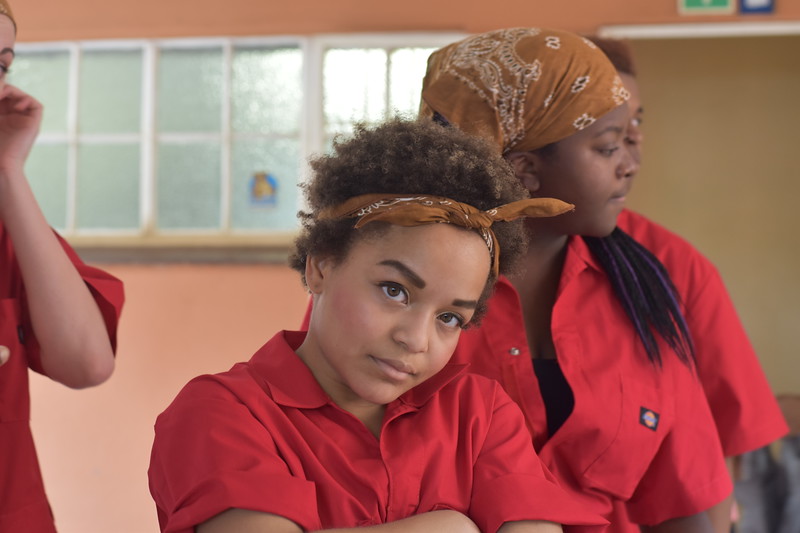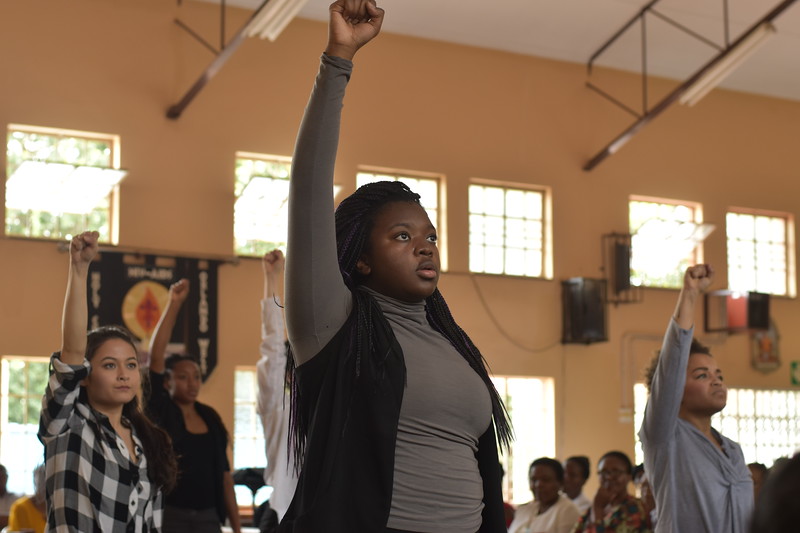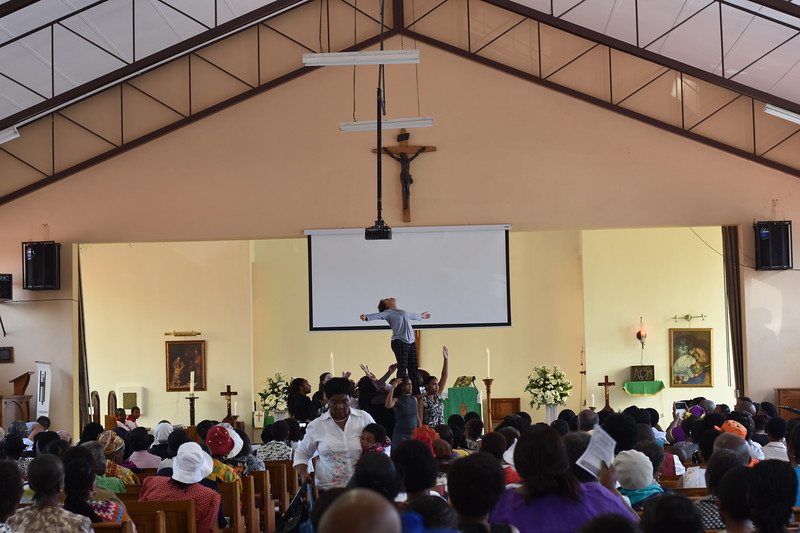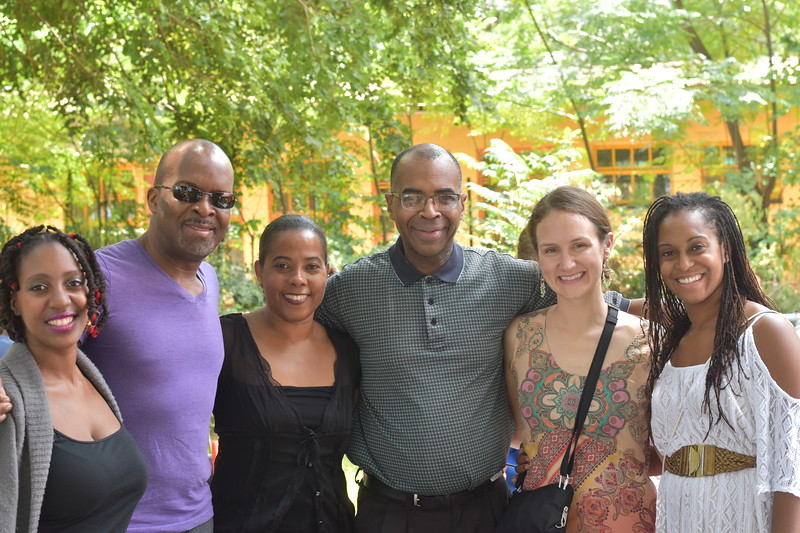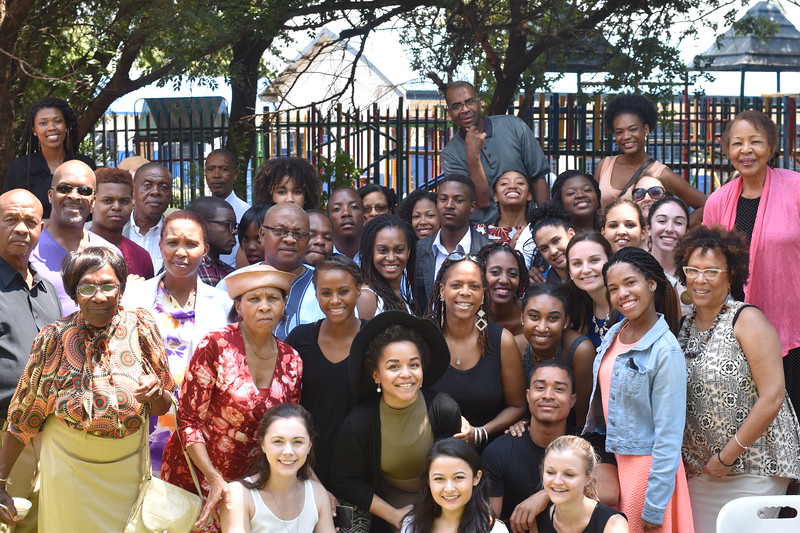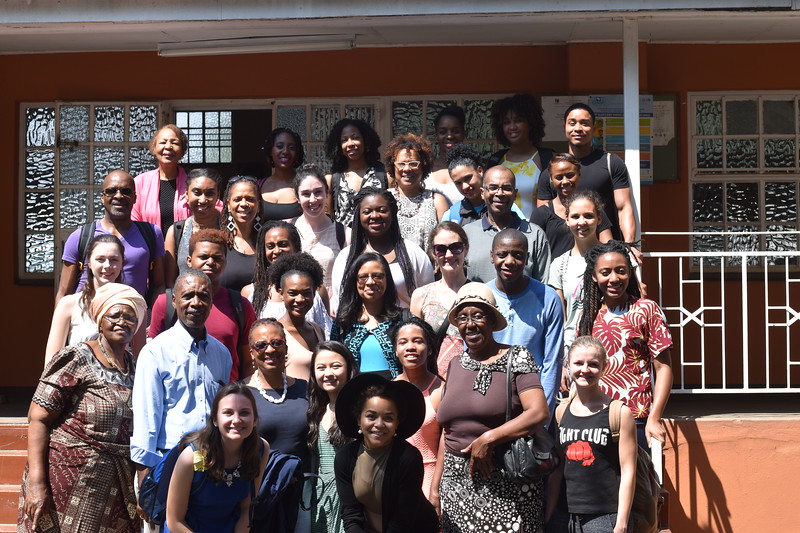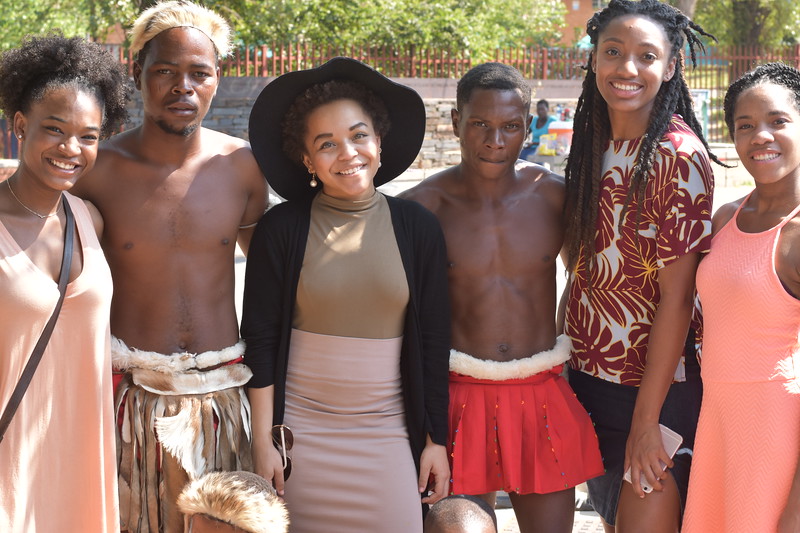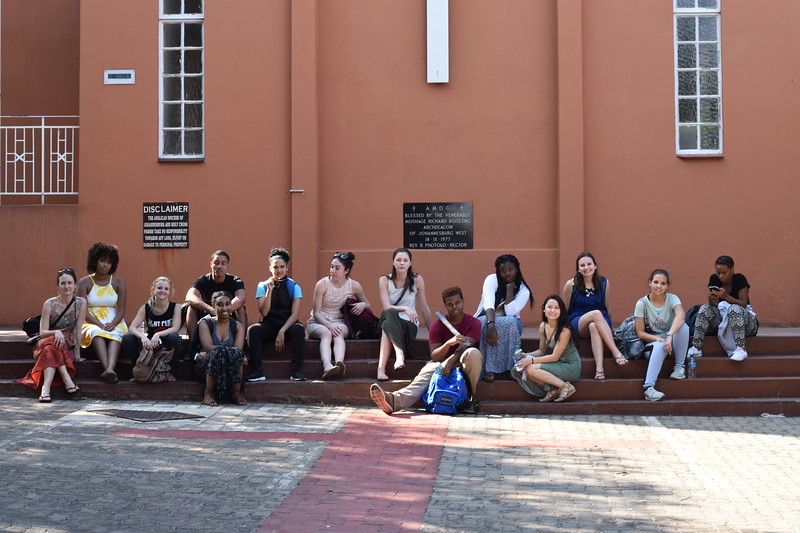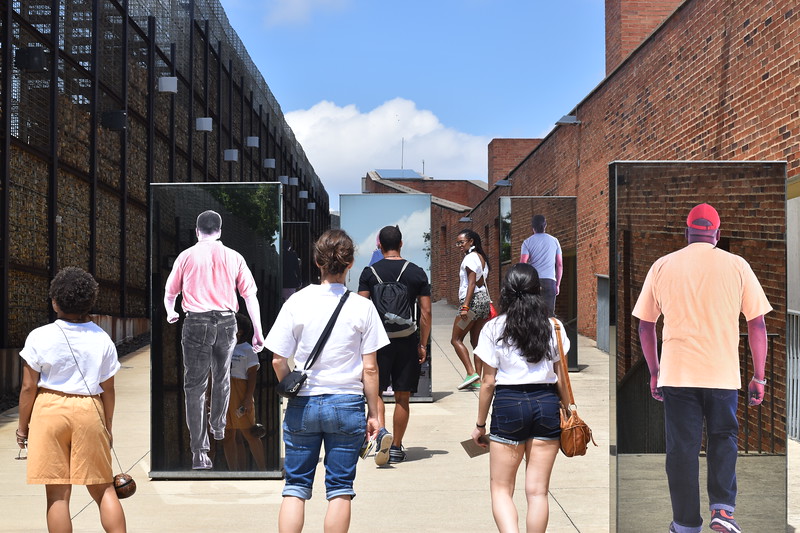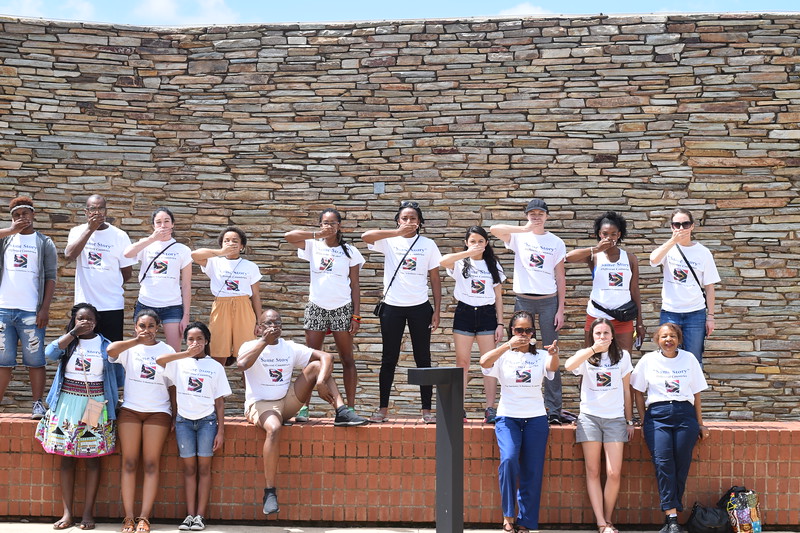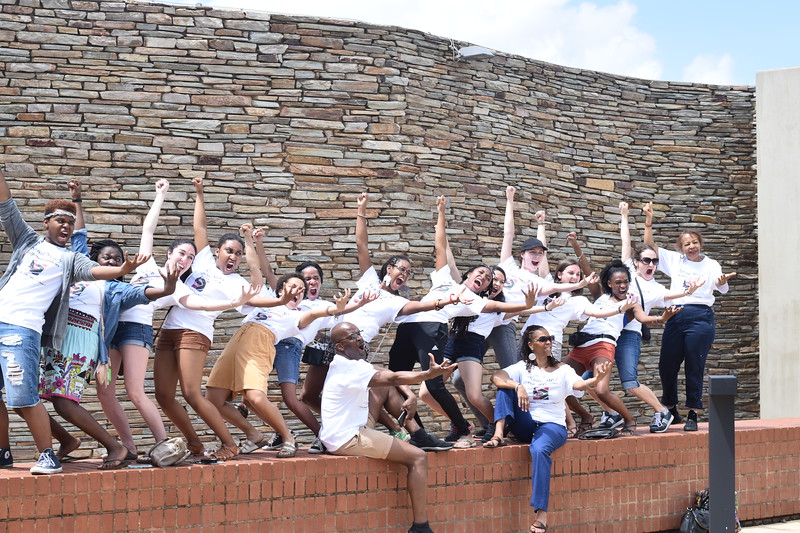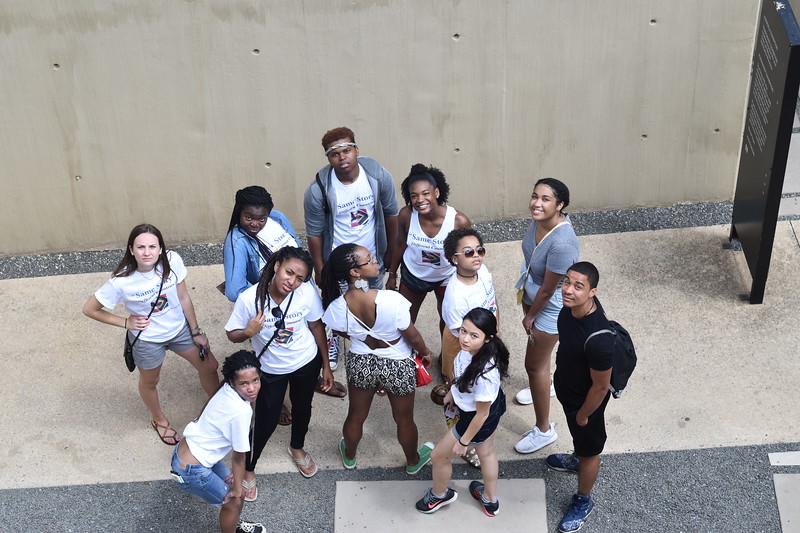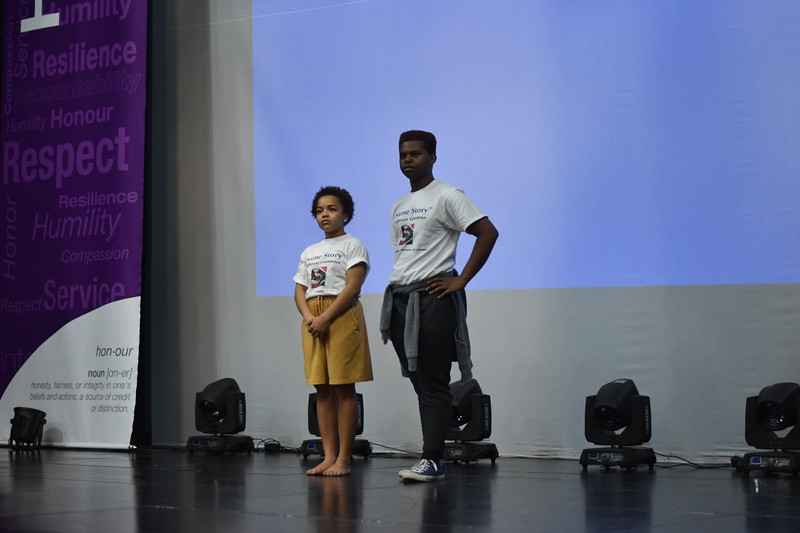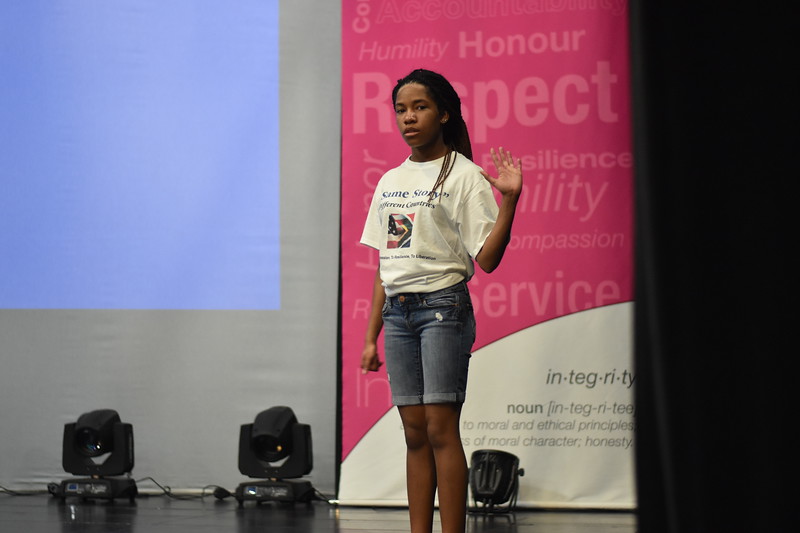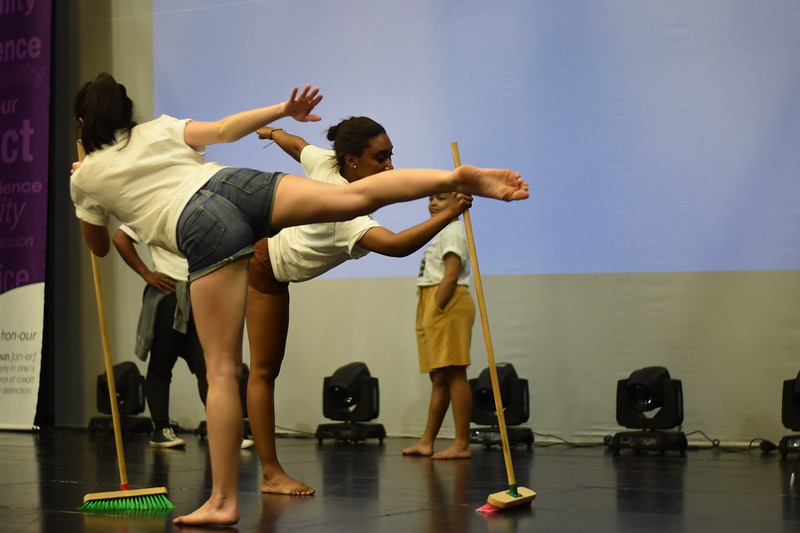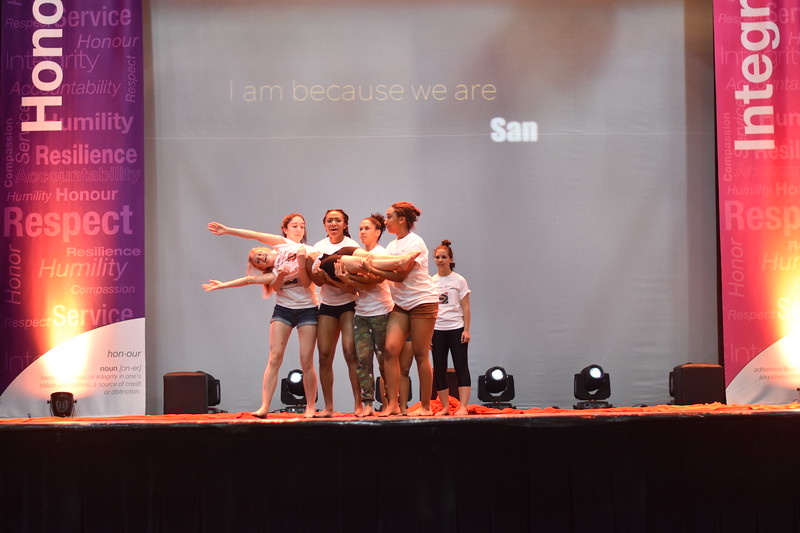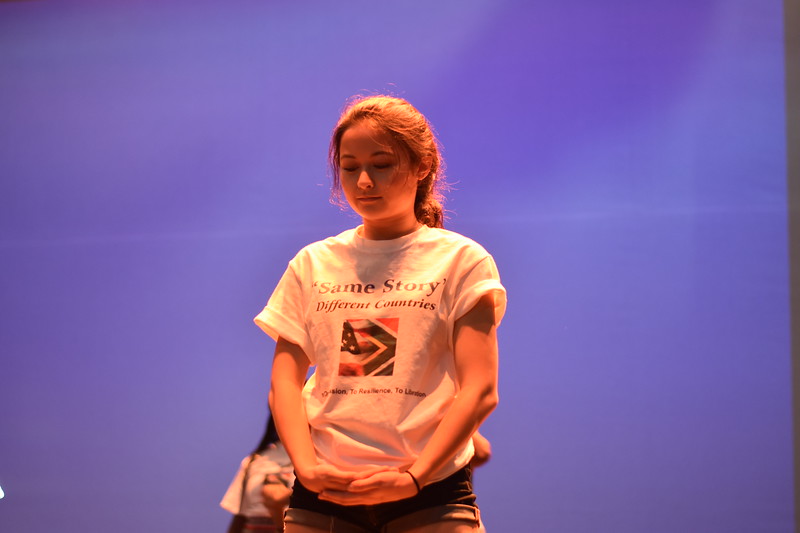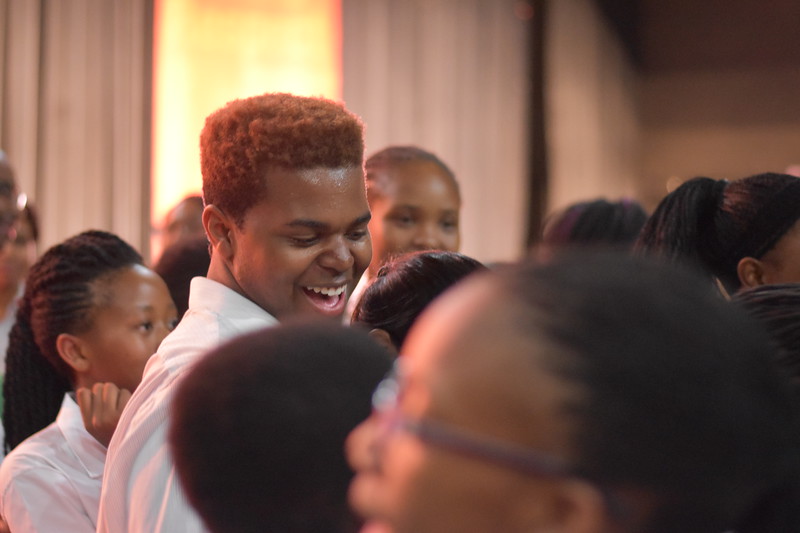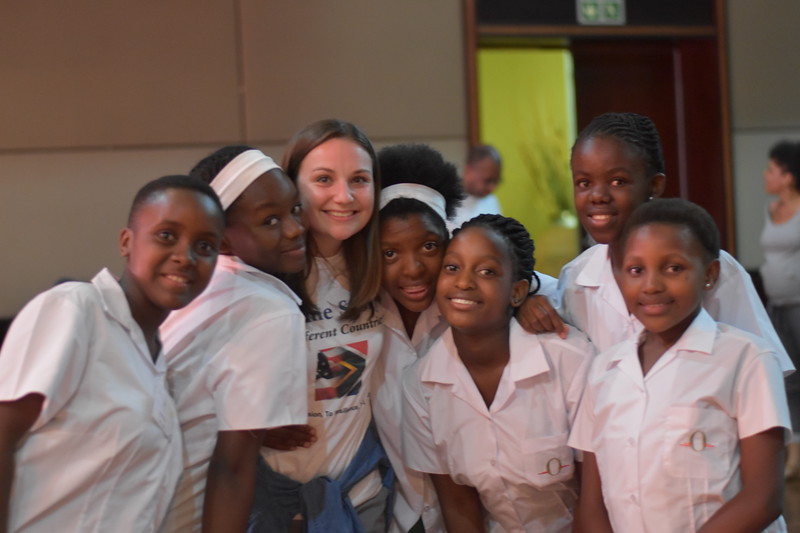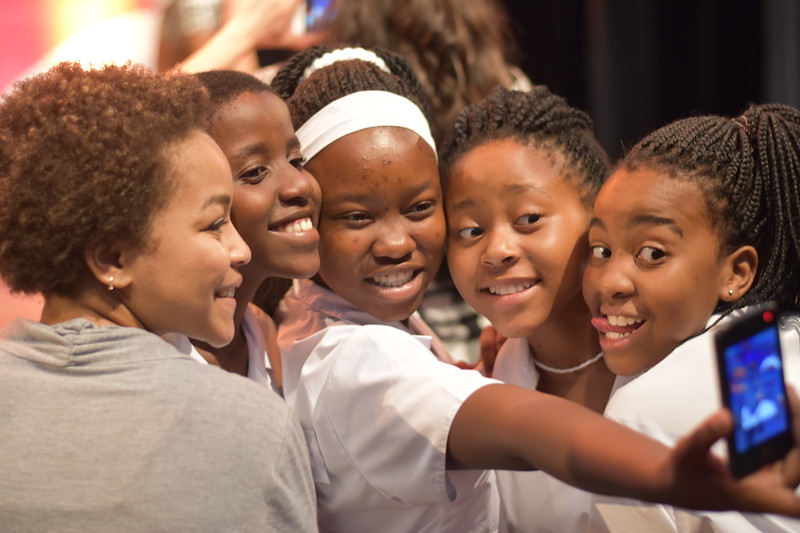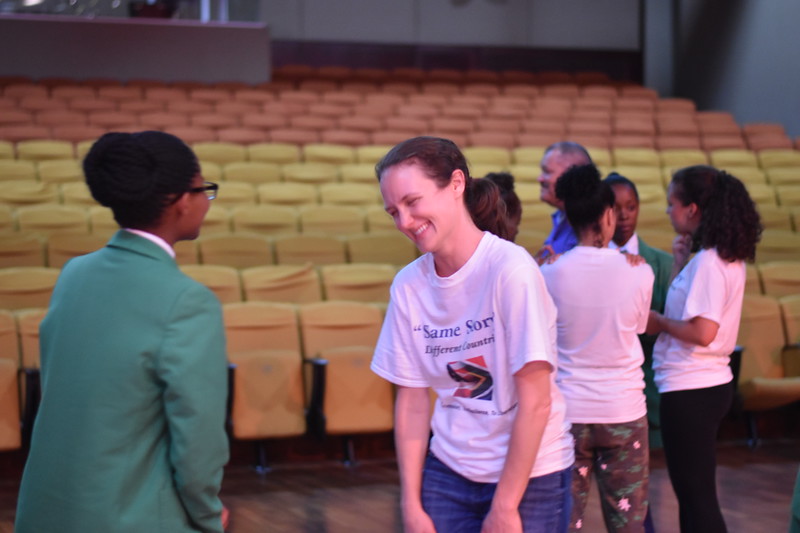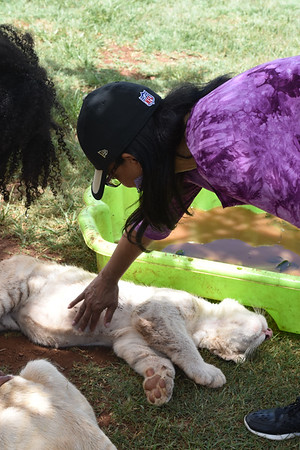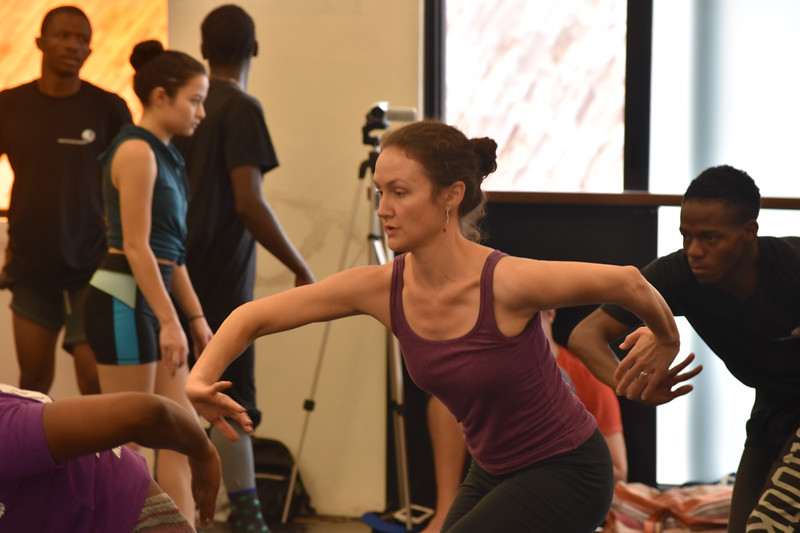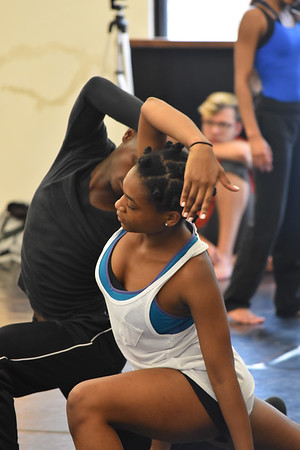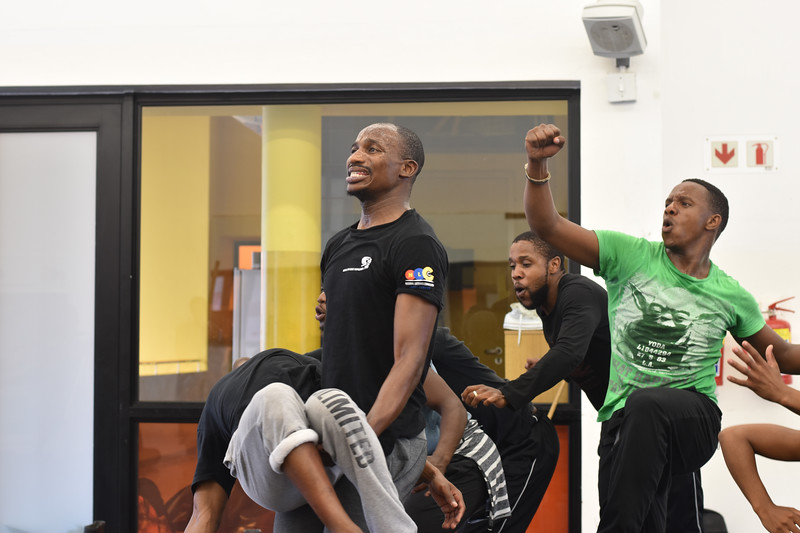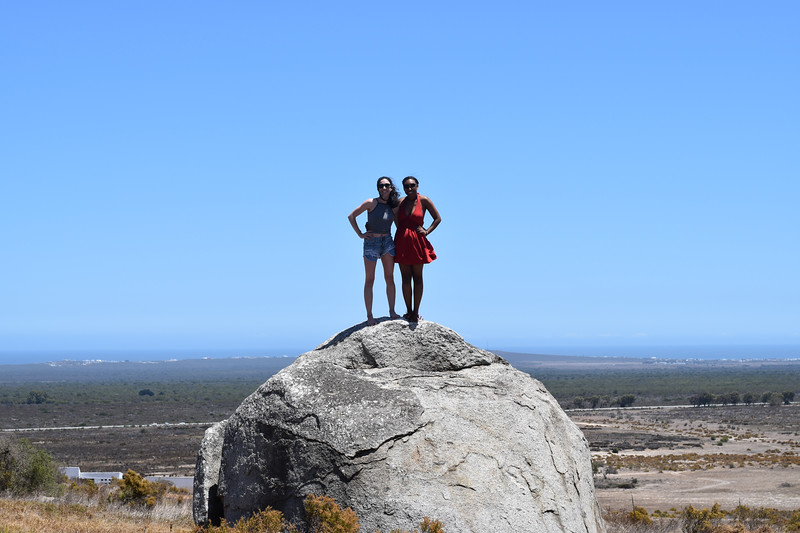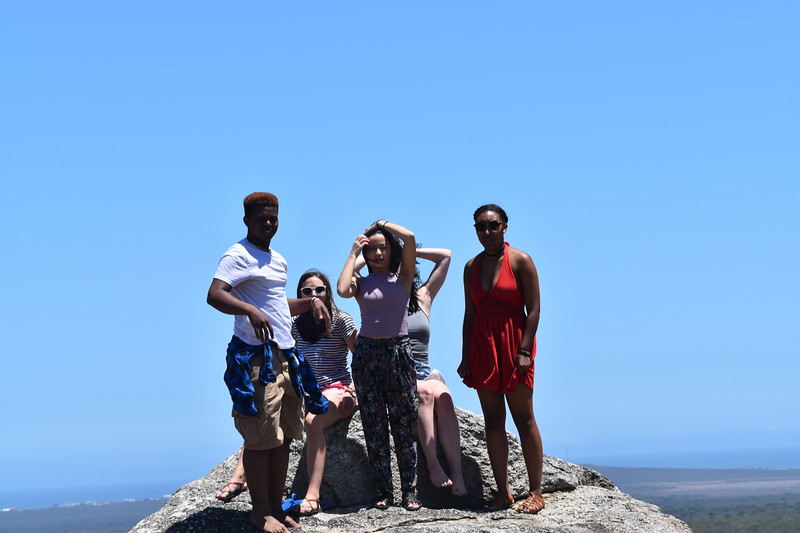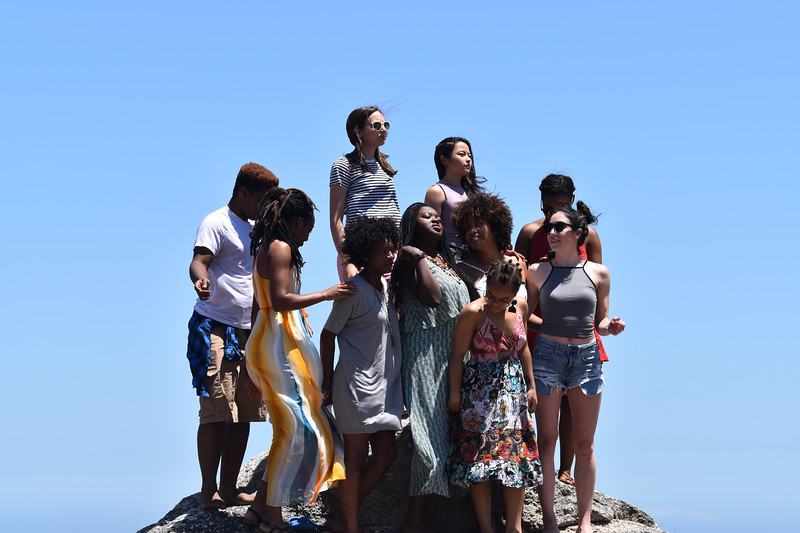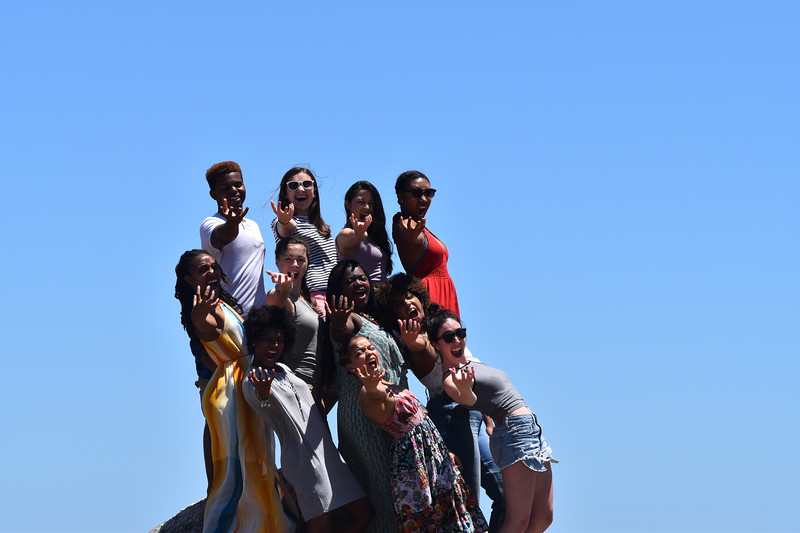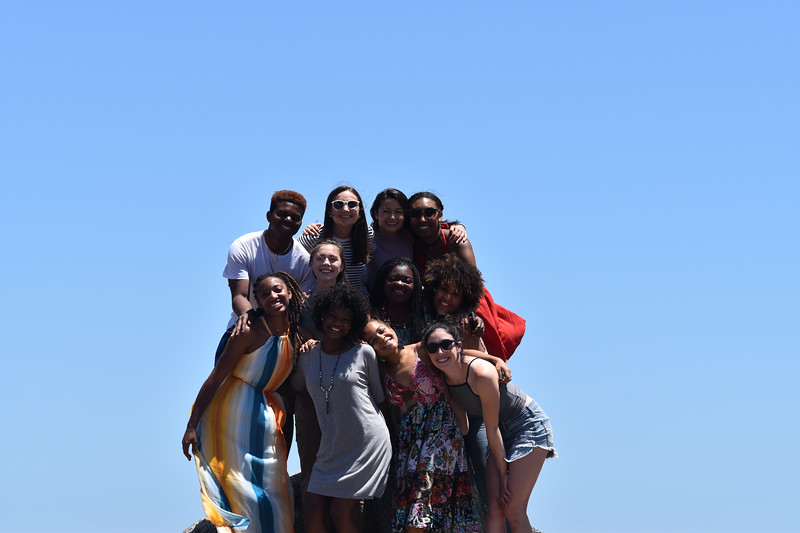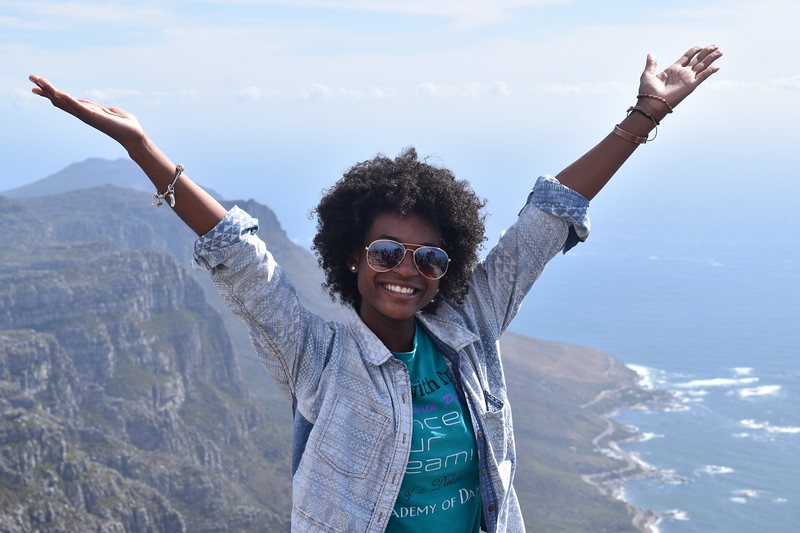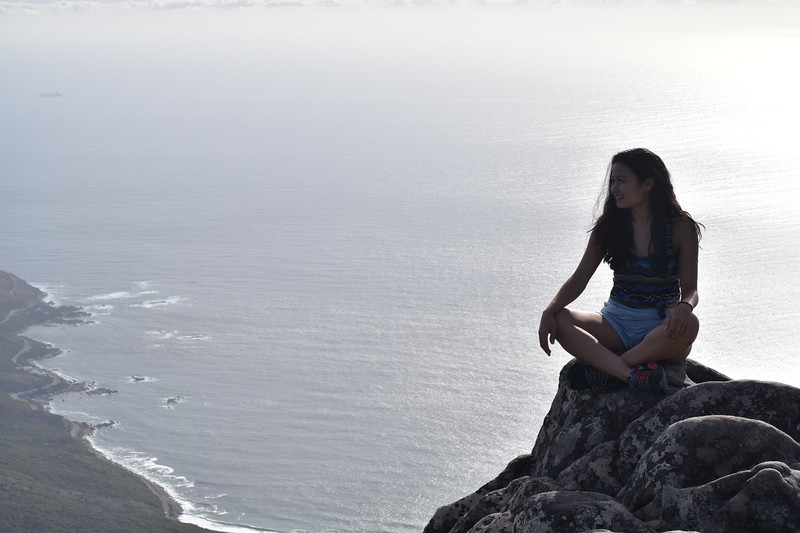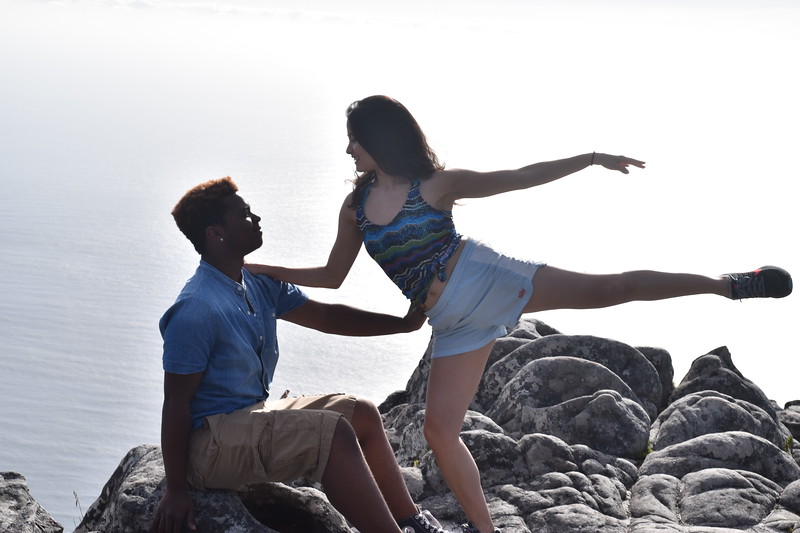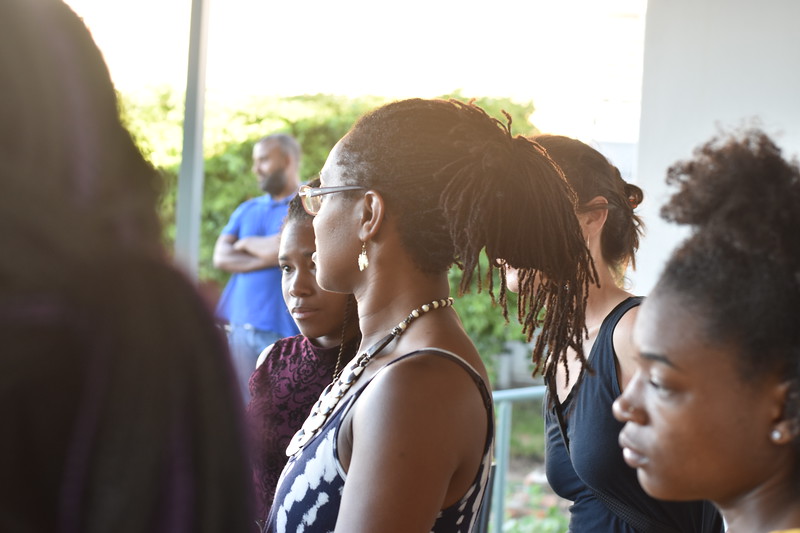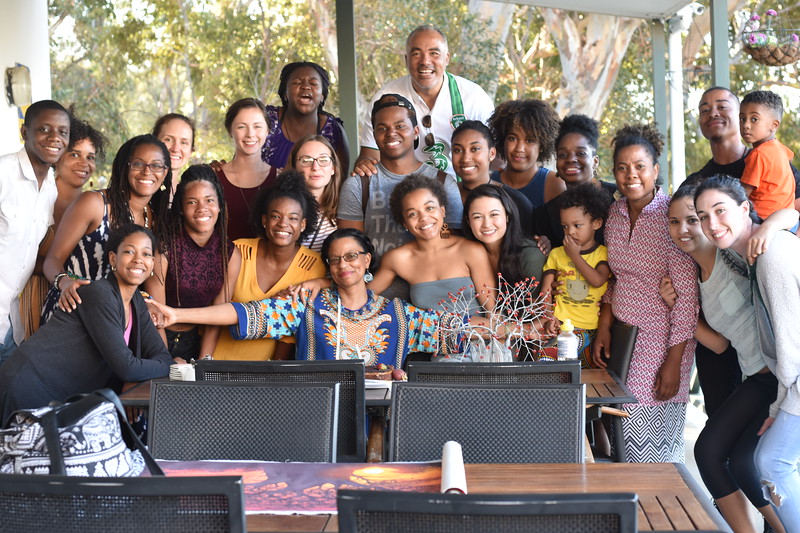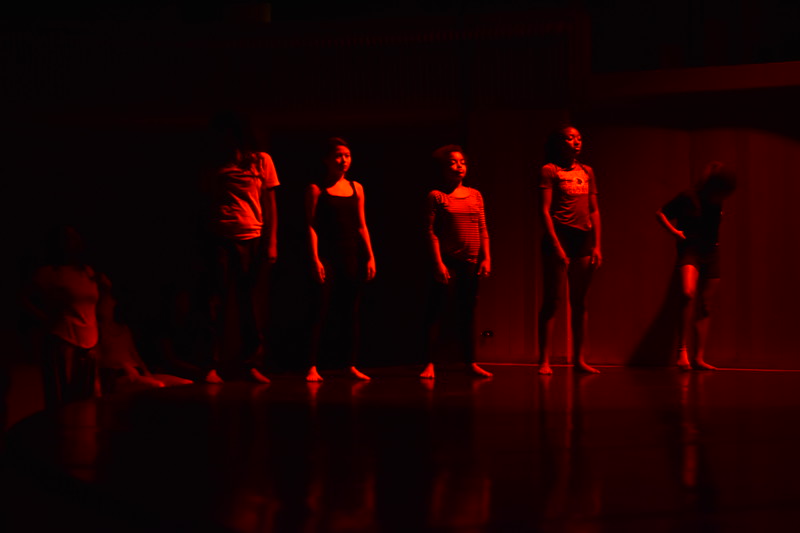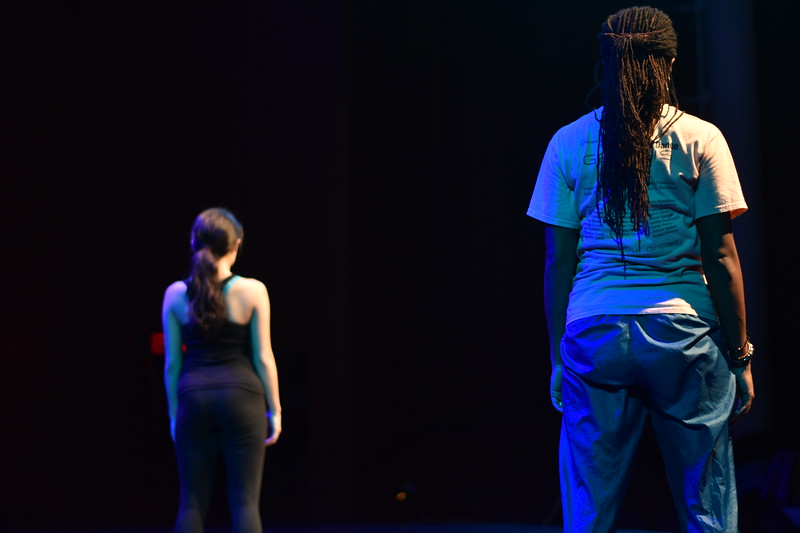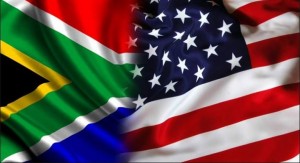
Same Story, Different Countries
From Oppression to Resilience to Liberation
During this almost two-year journey, we have explored the following question: What past events experienced by people who lived in the United States and in South Africa continue to impact our lives today? This question was explored through conventional and embodied research, through discussions, and by listening to the voices of those who personally experienced many of the events. In a true “collaboratory,” our multidisciplinary team of artists, scholars, and performers shared expertise with each other to create a final performance. One that will prompt memories of past racial complexities in the United States and in South Africa, and inspire us all to create a path to a harmonious future.
Act 1 - Looking Back While Looking Forward

Known as 'The Tree of Life', the baobab is an icon of the African savannah, a symbol of life and positivity in a landscape where little else can thrive. Growing wild in thirty-two countries across the continent, it is at the heart of many traditional remedies and folklore and can have a lifespan of up to 5000 years.

Ring Shout - A shout or ring shout is an ecstatic, transcendent religious ritual, first practiced by African slaves in the West Indies and the United States, in which worshipers move in a circle while shuffling and stomping their feet and clapping their hands.
Act 2 - From Oppression to Resilience – The Power of Faith

Characteristics of the Heroic Slave:
First, he must possess a will to stay and fight-he must not be content to just run away and gain individual freedom, abandoning his family and friends. Second, he needs intelligence, and preferably education as well, to be able to organize large, complex plans of rebellion. Finally, he must be a natural leader, drawing fellow slaves and free abolitionists to follow him and fight for his cause.
Sir, I could not be free with the galling thought that my poor wife was still a slave. With her in slavery, my body, not my spirit, was free" (Douglass 57)

On Sunday morning, September 15, 1963, the Ku Klux Klan bombed the Sixteenth Street Baptist Church in Birmingham, Alabama, killing four girls. This murderous act shocked the nation and galvanized the civil rights movement.
Addie Mae Collins, Denise McNair, Carole Robertson, and Cynthia Wesley were dressed in their "Youth Sunday" best, ready to lead the 11:00 adult service at the church. The bombing came without warning.

Herstory: Our Dream is a glimpse into the pain, sorrow, and hope encountered in the 60’s movement lead by Dr. Martin Luther King Jr., yet from the perspective of the women who were also the backbone of the movement. This work shows the intersection today to the 60’s movement and how its’ relevance continues to be the catalyst for change, freedom, and Our Dream for today and beyond.
Act 3 - From Oppression to Resistance

Dancers from South Africa and the United States demonstrate several aspects of life in their countries – “Same Story” Different Countries – From Oppression to Resistance to Liberation
Section 1 - Focus is on the moving individual, the individual as Black, Khoisan/coloured and white represented as individual threads within the fabric of society weaving personal identities. The similar, playful, and interactive weaving patterns suggest individuals in harmony with each other.
Section 2 (Oppression - Apartheid/Segregation) - Conflict, tension, oppression. Individuals against each other; Indigenous language and cultural symbols being suppressed and erased, each individual struggling to validate their place in society.
Section 3 (Post Apartheid, Post-Segregation) - Ritual, fire, cleansing, healing, support, tapping into diversity as strength. Focus is on the group to establish a process of regeneration and transformation that demands personal and collective efforts. This is symbolized through washing of the body with red, orange and yellow, the release of the "fire," and the intimate weaving of bodies.]
Act 4 - The Power of Walking Together – From Oppression to Resistance to Liberation

Continuum of Action has been performed as a solo in multiple spaces including a museum and a proscenium stage. For the group version, Continuum of Action: The Witness Spectrum, the cast centers the body as a place of processing witnesses as multifaceted, essential activists and advocates for human and civil rights. They save the stories, feel the pain, release the anger, restore, and keep going. This work particularly weaves together reflections on the tumultuous events surrounding the MOVE Organization (Philadelphia, Pennsylvania, U.S., 1985), the Craddock Four (Craddock, South Africa, 1985), and the Communist Workers Party or The Workers Viewpoint Organization (Greensboro, South Carolina, U.S., 1979). The beliefs, lifestyles, and teachings of these African/Black diasporic groups and organizations ended in the killing of member activists and community leaders by governmental authorities which later prompted the forming of Truth and Reconciliation and/or Witnessing Commissions. The trauma of the past, unresolved and unprocessed, continues to reoccur in our future.

The Power of Walking Together is an ode to our future. It is a place of practice, understanding, frustration, and potential resolution for a diverging and polarized community. The resolution is about seeing one another and not ever really being able to know one another while also exploring the true depth of the pain caused to all of us by our past historical and violent foundations. We walk and we continue to ask the question why is violence a default answer to our problems of difference? We walk to keep trying for a more profound nuanced existence with one another.




